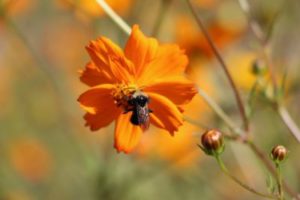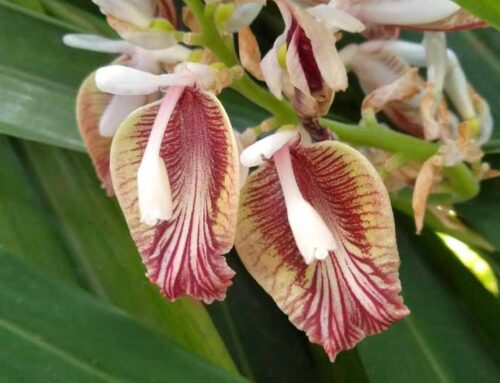
If you feel that Spring allergies have worsened in the last few years, you aren’t imagining things. Climate change has increased pollen production and there are two main factors of climate change contributing to this:
- Carbon dioxide, the gas which traps heat in the earth’s atmosphere, helps plants increase their rate of photosynthesis.
- Warmer global temperatures extend the growing season. An extended summer and/or spring, increases the number of blooms and fungal spores known to exacerbate allergies.
Scientist Lewis Ziska, Ph.D., a weed ecologist at the Agriculture Research Service division of the U.S. Department of Agriculture, explains that changes are occurring in regards to plant growth and thus pollen production. An example is the weeds around the Baltimore area. In rural areas, weeds normally grow between 5-6 feet, but in the city weeds reach between 10-20 feet. It hasn’t always been like this. These super-sized weeds have more pollen and with the longer growing season- imagine how it’s going to affect your sinuses?
Below I’ve divided the country into regions to help determine which pollen might be in the air, depending on the time of year. Trees are typically the first to bloom, followed by grasses and weeds.
West
Tree = February to June
Grasses = May and June
Weeds = late spring thru fall
Midwest
Tree = March to June
Grasses = summer
Weeds = fall
South
Tree = February to May
Grasses = can last year round
Weeds = late summer to first freeze
Northeast
Tree = Feb/Mar thru June
Grasses = May-June
Weeds = August thru Oct
The Midwest and Northeast have some of the highest pollen counts in the country; in addition to warmer weather, these regions also tend to have more rainfall. Florida, Ohio and California have most cities that report the highest pollen count.
If you’d like to know what to do to get relief, check out our previous blogs on the subject.






Leave A Comment